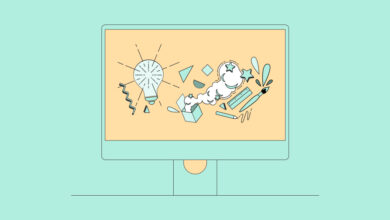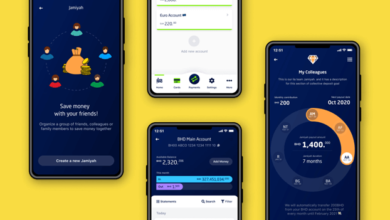The Key to a Greener Digital World

The Gist
- Sustainable shift. Embracing sustainable website design is crucial to reduce environmental impact and web bloat.
- Culture change. The tech industry’s culture of waste must evolve to prioritize environmental sustainability.
- Inclusive thinking. Designing for accessibility and performance can lead to more sustainable and effective web solutions.
Web design has rarely taken the environment into account. Over the last decade, webpages have become 10 times bigger, and up to 80% of the weight of a particular webpage can be waste — content and code that is not required for the page to function.
I asked Web design guru, co-founder of Smashing Magazine, and all-round nice person, Vitaly Friedman, what his opinion on all this Web bloat and environmental waste was when it comes to sustainable website design.
Sustainable Website Design: A Lighter Future
“I always think about the very early days when I go to the Web,” Vitaly says. “Yahoo in 1998. And at the time it felt like this is such a heavy page to me. It seemed like there was so much stuff and there was so much going on there. It felt almost impossibly complicated. We have evolved so much that most webpages are now a thousand times more heavy. Okay, maybe not a thousand but definitely hundreds. So, the quick answer to your question is ‘not good.’ And it’s just not a conversation that many people have.”
Related Article: 3 Tricks for Sustainable Website Design
Rethinking Web Sustainability: Time for Change
When I think back on my Web career, starting in the early 90s with the NCSA Mosaic browser, I wonder why there has been so little concern about the environment, about sustainability. I can never remember a conversation about e-waste. People were more likely to recognize content bloat and waste, yet it was always a constant struggle to clean up content. Nobody wanted to do it and there was rarely a budget for it.
Code waste, that was simply part of programming. Technology was — and is — a culture of waste, a world where actions seemingly are without environmental consequences, and that culture must change.
Related Article: Designing Sustainable Websites
Inclusive Design: Beyond Aesthetics to Sustainability
“Sometimes if you see developers or designers thinking about accessibility,” Vitaly says, “thinking about design from the perspective of usability, inclusive design, cleanliness, weight, then you have exceptional results, but that is in itself exceptional and rare. Most of the time we just look at the tools in front of us and we build and we design using the tools without thinking about sustainability, often not thinking about performance and sometimes, and this is still quite common, not even thinking about accessibility. So, we just produce visual output and we put it on a server someplace and that kind of works.”
Related Article: Principles for Designing Sustainable, Environmentally Friendly Websites
Rethinking Digital: Embracing Sustainable Website Design & Practices
I have found that many are attracted to digital because of speed, the sense of moving fast and creating things, and that they really struggle when it comes to simpler, lighter pages, maintenance, repair, reuse, archiving, deleting and other environmental-related issues.
I asked Vitaly what his experience was.
“I think in many organizations there’s just a randomness culture,” he says. “So, we just need to produce something for that campaign, for that site, for that project. It’s kind of purely about impact. So, there’s a lot of branding projects out there. It has to really hurt the user for people to start noticing. Because most of the time we’re developing and designing on incredibly wonderful and powerful machines that only a very small and privileged group of people have. We don’t even see the pain that most people will be experiencing.”
Learn how you can join our contributor community.



